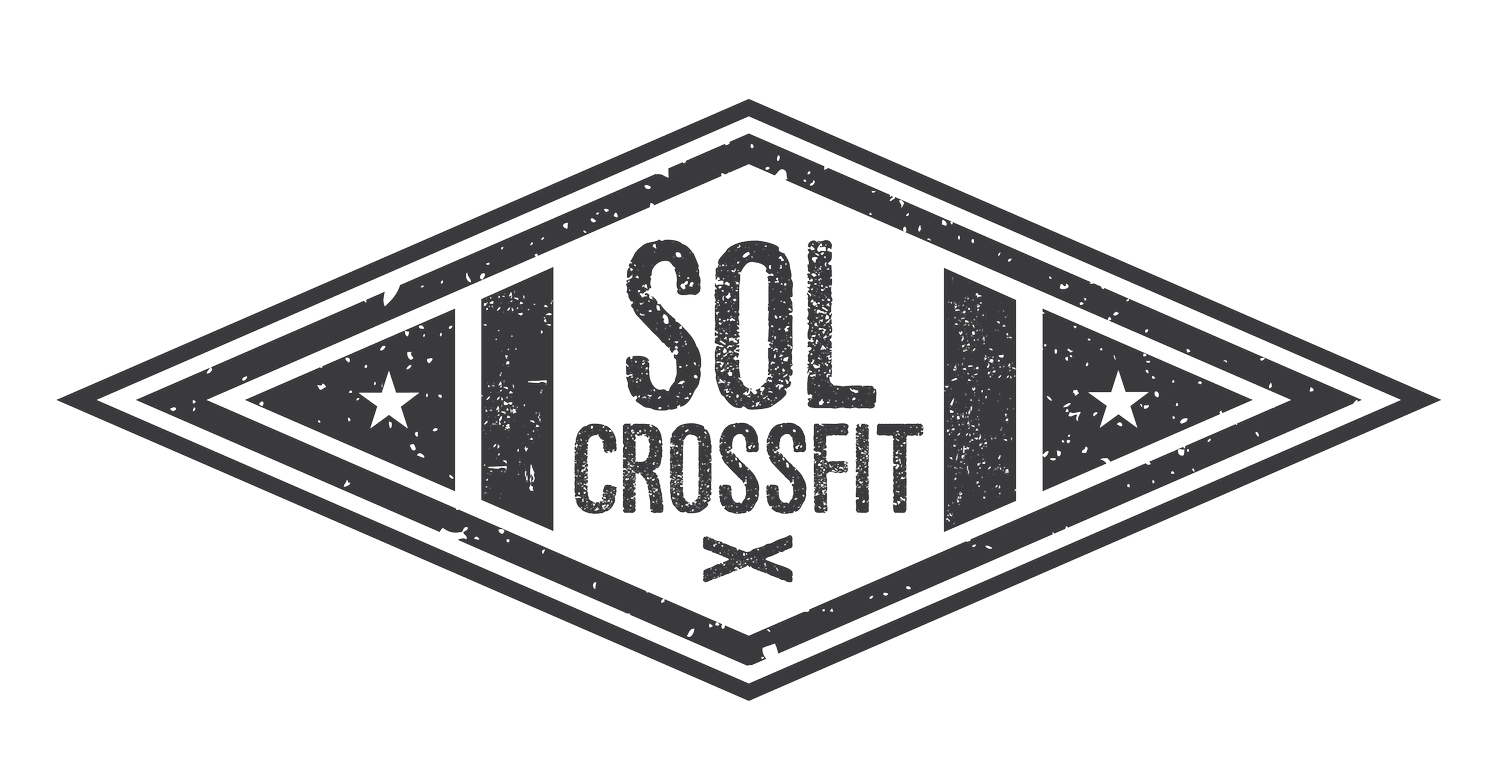Recovery Redefined: Why Rest Days Are the Secret to Getting Stronger
In the world of CrossFit, it’s easy to think that more is always better—more training, more intensity, more effort. But what if the real key to progress isn’t in the extra reps or hours, but in the time you don’t train? At Sol CrossFit, we teach our athletes that recovery isn’t a reward—it’s a requirement.
Your muscles don’t grow during your workout—they grow when you rest. And learning to recover the right way might just be the most powerful training skill you can master.
Why Recovery Matters More Than You Think
Every workout at Sol CrossFit challenges your body to adapt. You lift, jump, row, and push yourself past what’s comfortable. That’s what triggers growth. But that growth can’t happen if your body doesn’t have the time and tools to repair itself.
Recovery is where the magic happens. It’s where your muscles rebuild, your nervous system resets, and your energy stores replenish. Without it, your performance plateaus—and fatigue, injury, and burnout start to creep in.
At Sol, we train hard—but we recover harder.
Rest Days Are Training Days, Too
Many athletes feel guilty for taking a rest day. But here’s the truth: rest days are part of training. They’re the balance point that allows all your effort in the gym to pay off.
Think of your body like a battery. Every workout drains energy and creates stress. Recovery is how you recharge that battery—so you can show up tomorrow with the same strength and intensity.
That’s why Sol’s programming is intentionally structured with recovery built in. Whether it’s an active recovery day, mobility work, or a full day off, these moments are when your body absorbs the work you’ve done and comes back stronger.
The Science of Getting Stronger
When you lift or perform high-intensity workouts, you’re creating tiny tears in your muscle fibers. During recovery, your body repairs those fibers and builds them back thicker and stronger than before.
But if you skip recovery? Those repairs never fully happen—and over time, fatigue outpaces progress.
Proper recovery supports:
Muscle growth through protein synthesis
Hormone balance that regulates energy and mood
Reduced inflammation and soreness
Better sleep and faster tissue repair
Improved performance for your next training session
Without recovery, even the best programming can’t deliver results.
Active Recovery: The Sol Approach
A rest day doesn’t have to mean sitting still. At Sol CrossFit, we encourage active recovery—low-intensity movement that increases blood flow, aids mobility, and speeds up healing.
Some of our members’ favorite recovery activities include:
Light rowing, biking, or walking
Yoga or guided mobility sessions
Foam rolling or stretching
Easy skill work at lower intensity
These activities keep your body moving without overloading your system. You’ll feel better, recover faster, and return to training refreshed instead of rundown.
Listen to Your Body (It’s Talking to You)
Your body gives clear signs when it needs a break—you just have to pay attention.
If you notice any of the following, it’s time to prioritize recovery:
Persistent soreness that lasts for days
Fatigue that doesn’t improve with sleep
Declining performance or motivation
Mood changes or irritability
Trouble sleeping or increased stress
These aren’t signs of weakness—they’re signals of overtraining. Our coaches at Sol CrossFit help members identify these patterns early and adjust programming to keep you strong, healthy, and progressing long-term.
Nutrition and Sleep: The Unsung Heroes of Recovery
You can’t out-train poor sleep or under-fueling. The way you eat and rest has a direct impact on how well you recover.
Protein and carbohydrates are essential after workouts to rebuild tissue and replenish glycogen.
Hydration supports nutrient transport and joint health.
Sleep—ideally 7–9 hours a night—is where most muscle repair and hormone regulation occur.
At Sol, we remind athletes that recovery doesn’t stop when you leave the gym—it continues at the dinner table and in the bedroom.
The Longevity Advantage
Training hard feels good—but training smart keeps you doing it for years. Building recovery into your routine improves performance and protects your long-term health.
When you respect recovery, you reduce your risk of injury, burnout, and chronic fatigue. You also create space for your mind to reset, keeping fitness fun and sustainable—not something you just grind through.
The strongest athletes aren’t the ones who train nonstop—they’re the ones who know when to rest.
Stronger, Smarter, and Ready for More
Recovery isn’t the opposite of hard work—it’s part of it. Every time you take a rest day, you’re investing in your next PR, your next breakthrough, your next level of strength.
At Sol CrossFit, we believe recovery is the bridge between effort and results. When you balance intensity with rest, you unlock your full potential—in and out of the gym.
At Sol CrossFit, we’re here to help you train smarter, recover better, and build lasting strength for life.

